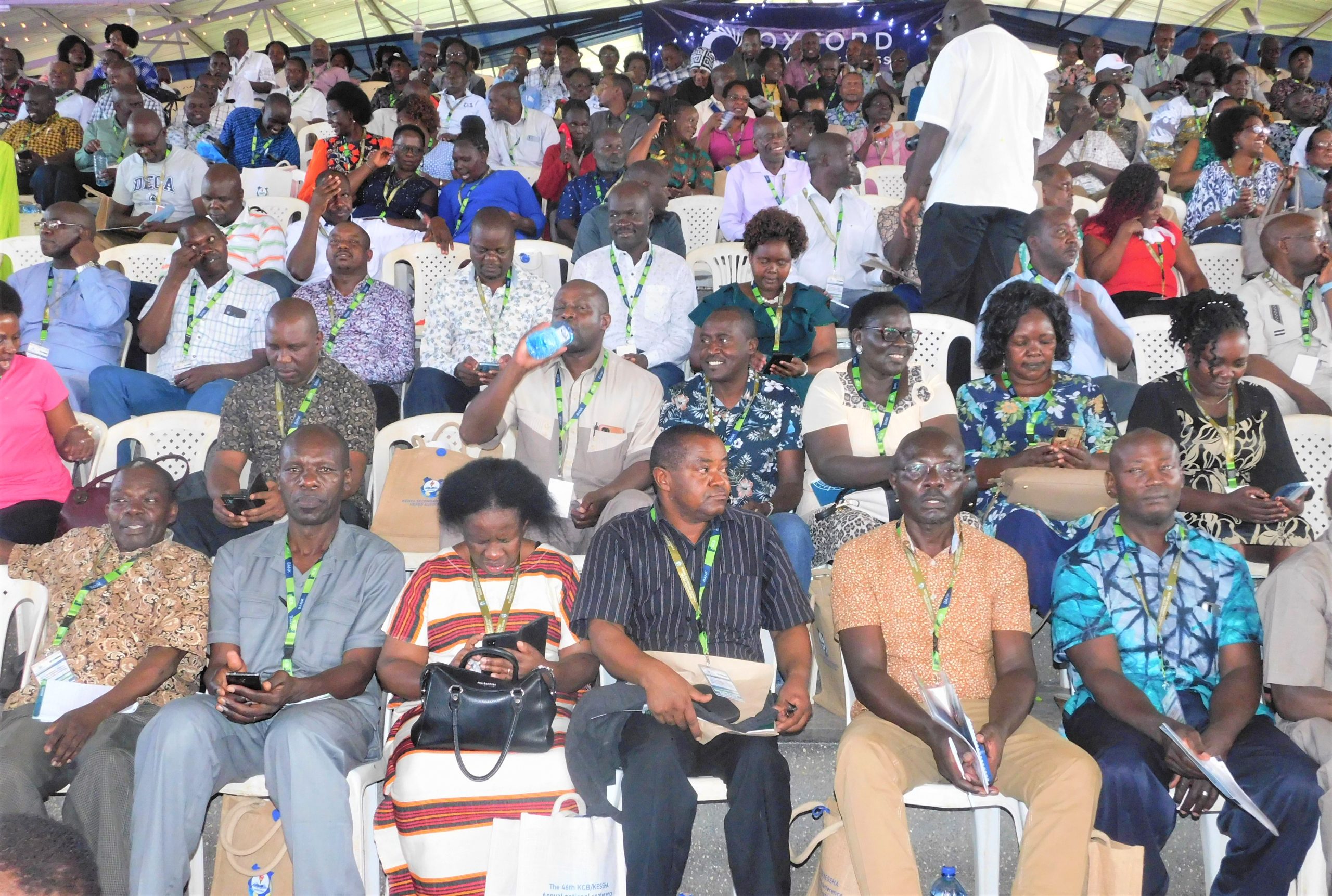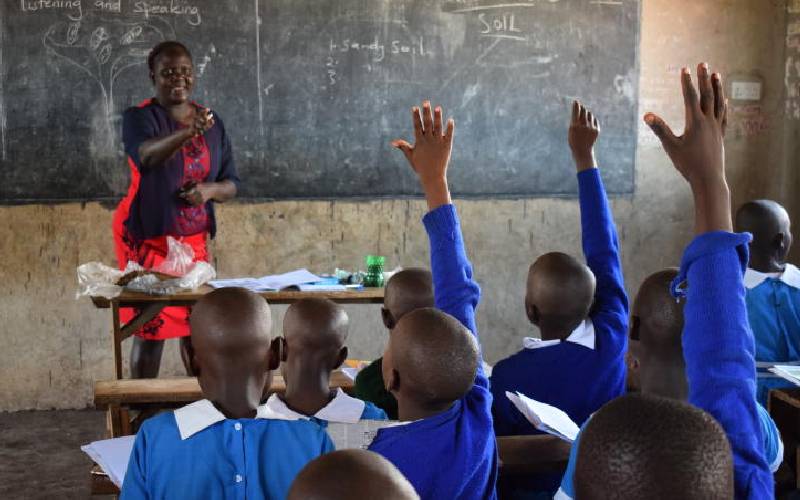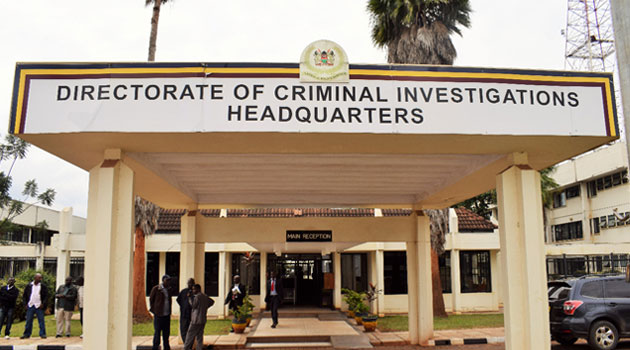Secondary schools in the country have failed the Constitutional threshold test as stated under Article 27 prohibiting the State from discriminating directly or indirectly against any person on any ground and Article 56 (b) on minorities and marginalized groups who have a right to be provided with special opportunities in the field of education.
While addressing Principals during the 46th Kenya Secondary School Heads Association (KESSHA) Conference in Mombasa on June 28, 2023 Zizi Afrique Foundation Executive Director Dr. John Mugo stated that currently, the allocation of children to secondary school discriminates less academically-oriented students and those from poor families.
He added that the current classification of schools into national or sub-county drives a discriminative model of resource allocation, favouring the brighter or richer; adding that as it is, the cycle favours those already favoured – systematic reproduction of hustlers.
Dr. Mugo argued that the percentage of teachers employed by the Board of Management (BoM) in national schools is lower at 15 per cent compared to sub-county schools at 20 per cent, while national schools have the highest number of Principals with 12 years and above of experience at 55 per cent as compared to sub-county schools at 22 per cent.
“A one unit increase in the proportion of TSC [Teachers Service Commission] teachers is associated with 7.48 points increase in the candidates’ KCSE mean grades,” he said.
“Attending a school where the current principal has between 5 and 8 years’ experience is associated with scoring 14.2 more points in KCSE examinations than a counterpart in a school where the principal has less than one-year experience,” Dr. Mugo added.
According to him, national schools have fewer incidences of students learning in open classrooms at 3 per cent compared to sub-county schools which experience such incidences at 12 per cent, adding further that almost all national schools are equipped with computer laboratories and libraries at 97 and 88 per cent respectively as compared to sub-county schools at 26 and 21 per cent respectively.
The Presidential Working Party on Education Reforms (PWPER) has however recommended that the traditional categorization of secondary schools into National, Extra County, County and Sub-County schools be phased out with the 8-4-4 system and instead under the CBC system, schools be categorized in line with the career pathways of learners.
There are about 9,077 public secondary schools in the country which are being managed by Principals at different TSC Scales and Grades comprising of 112 National schools that include 52 boys’, 55 girls’ and 5 mixed schools; and 776 Extra County Schools that include 361 boys’, 349 girls’ and 66 mixed schools.
These schools are managed by Chief Principals at T-Scale 15 whereby for one to be appointed at this position, they need to have served as a Senior Principal at T-Scale 14 or in an equivalent position for a minimum period of three (3) years.
A total of 1,378 County Schools comprising of 353 boys’, 516 girls’ and 509 mixed schools and 6,776 Sub-County Schools which include 167 boys’, 312 girls’ and 6,297 mixed schools.
As per TSC policy, County Schools are supposed to be run by Senior Principals at T-Scale 14 where for appointment to the position, one is required to have served as a Principal at T-Scale 13 or in an equivalent position for a minimum period of three (3) years.
Sub County and all Day Schools are supposed to be administered by Principal at T- Scale 13 whereby for appointment one needs to serve as a Deputy Principal at T-Scale 12 or in an equivalent position for a minimum period of three (3) years.
Dr. Mugo revealed further in survey findings presented during the Principals’ conference that Mathematics, Chemistry, Biology, Physics and English are the most challenging subjects in secondary schools hence stifling performance in examinations.
The findings further found that 14 per cent of Form 4s, 15 per cent of Form 3s and 28 per cent of Form 1s are struggling with Physics; while 28 per cent of Form 4s, 16 per cent of Form 3s and 23 per cent of Form 1s’ are struggling with Chemistry.
Another 25 per cent of Form 4s, 27 per cent of Form 3s and 20 per cent of Form 1s are struggling with Mathematics; while those who struggle with Biology are 12 per cent of Form 4s, 23 per cent of Form 3s and 16 per cent of Form 1s.
For English, 13 per cent of Form 4s, 9 per cent of Form 3s and 7 per cent of form 1s are struggling with the subject in secondary schools; with Dr. Mugo revealing that the three top most reasons for students performing poorly in the subject being poor study habits by the students, negative attitude towards the subject and teachers and poor mastery of content.
By Roy Hezron
Get more stories from our website: Education News
You can also follow our social media pages on Twitter: Education News KE and Facebook: Education News Newspaper for timely updates.






